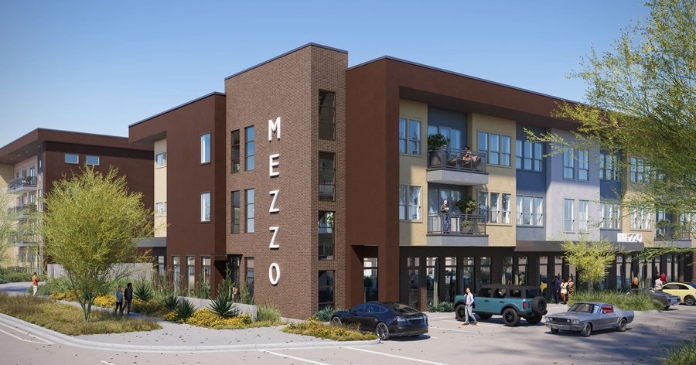Then telephone surveys began to supplement mystery shopping. Today, digital technologies are supplanting both, with online customer surveys providing an exponentially greater number of performance snapshots per day.
A well-managed loop that links customer experience feedback with recommendations on social networks like Facebook, Twitter, and Yelp, can boost service quality and operational performance, increase traffic and create more happy customers-people who crow about a retailer online for free, turning their friends into new customers too.
A new mini-industry has emerged using these techniques, known as “customer experience management,” or CEM. Our company, Empathica—as well as a number of competitors—are providing customer feedback to operations, while partnering with “Webscraping” companies to listen to random chatter online.
Now we’re turning attention to linking operations to marketing through “social CEM.” The aim is not to drive online advertising impressions, but to explicitly and transparently drive the behavior of customers, front line service staff and retail managers. The aim is to create a true dialogue, not simply a listening post for customer kudos and complaints. And by doing so, this loop can drive meaningful operations and customer satisfaction gains.
An example: At Debenhams, a major international department store chain based in London, a customer complained through an online survey about a poor meal they received at the store’s restaurant. “Ordered turkey dinner. Very dried out. Overcooked vegetables in greasy, cold gravy.” The store manager called the customer that night, apologized, and sent a coupon for two free meals. The customer was invited to post their happiness with the problem’s resolution on Facebook, and did. The store manager made sure the kitchen turned out better turkey dinners. The result: a satisfied customer, better kitchen operations, and free social network advertising. Debenham’s effectively took what would have been a one-off customer experience problem and turned that customer into an Debenham’s advocate online and improved its operations to reduce the possibility of future disgruntled customers.
A social network feedback loop starts with information gleaned from customer surveys conducted online. Those survey-takers are then linked directly to social networks like Facebook through a link on the survey.
So how many customers will actually bother to move from surveys to socializing their experience? We have some data that suggests a healthy amount. We conducted 25 million surveys last year; more than 80 percent of respondents said they’d recommend the brand they were being quizzed about. We’ve then seen 10 to 20 percent of customers follow through with social network postings after the survey.
Some recommendations for retailers considering tying together their feedback, social, and operations loops: Customers need some nudging: incentives like coupons do the job. At 100 Boston Market restaurants, customer advocates got $3 coupons for a recommendation. In a three-month period, Boston Market received 100,000 Facebook newsfeed recommendations; advocates redeemed more than 4,000 coupons.
Finding customer advocates isn’t the only goal. Unhappy customers need to be channeled through a “customer rescue” process to help solve problems and mend relationships, and provide feedback on problems for operations to solve.
At Citibank branches in New York City, for example, every customer who completes a survey receives a call back from their bank manager within one to two days. The manager uses survey feedback and software intelligence to determine whether complaints need resolution or whether the manager should provide a simple “thank you” to reinforce the local branch’s commitment to customer service—like old fashioned retail and small local banks or credit unions still do.
The advocate process is proving far more powerful than regular social network advertising. The key is authenticity: we listen to our friends and colleagues for advice and recommendations. So while retailers and restaurant owners can buy social media advertising, the real place to drive growth is on the consumer newsfeeds. Not only are those kinds of clickthroughs more numerous. They are also more powerful. Beyond simple word of mouth advertising, poor-performing outlets get suggestions for improvement, which they use to guide better operational performance.
Author: Gary Edwards & Mike Amos
















